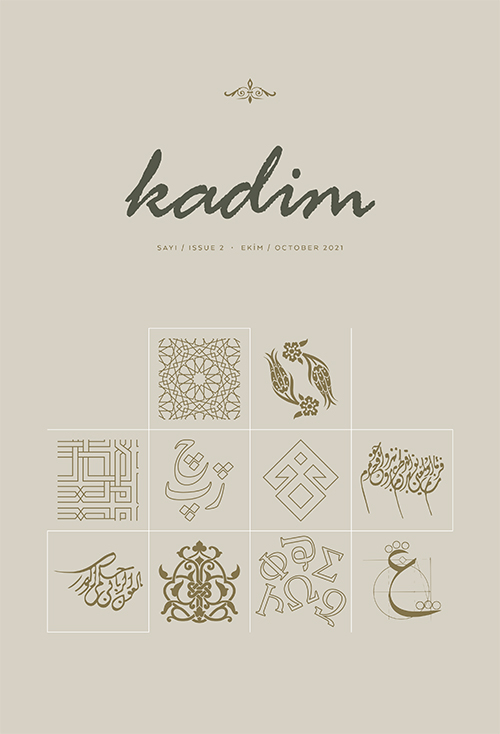XVI. Yüzyılın İkinci Yarısında Osmanlı Devleti’nde Tedavül Eden Ayarı Bozuk (Kırkık) Akçelerin İktisadi Hayata Etkileri
The Effects of Counterfeit Coins on the Ottoman Economics During the Second Half of the Sixteenth Century
Author(s): Faruk AkarSubject(s): Economic history, 16th Century, The Ottoman Empire
Published by: Burhan Çağlar
Keywords: Counterfeiting; Counterfeit coin; Court; Fiscal Court Books; Inspection;
Summary/Abstract: This study examines the effects of counterfeit coins in circulation on the economic life of the Ottoman Empire in the second half of the sixteenth century. To this end, it investigates the cases found in the fiscal court books and examines the registers containing provisions on counterfeiting. The findings in these records shape the main structure of the study. It then surveys the Ottoman monetary policy and discusses the effects of counterfeit coins on the money market and public sphere. Finally, it analyzes the concerning issues by asking how the central administration performed inspections and how the court processes worked. It shows that there were many domestic and foreign counterfeit coins in circulation and the population was related to this type of coinage at least on a fundamental level. Accordingly, these coins threatened economic life and thus became a severe problem for the Ottoman courts.
Journal: Kadim
- Issue Year: 2021
- Issue No: 2
- Page Range: 129-144
- Page Count: 16
- Language: Turkish

